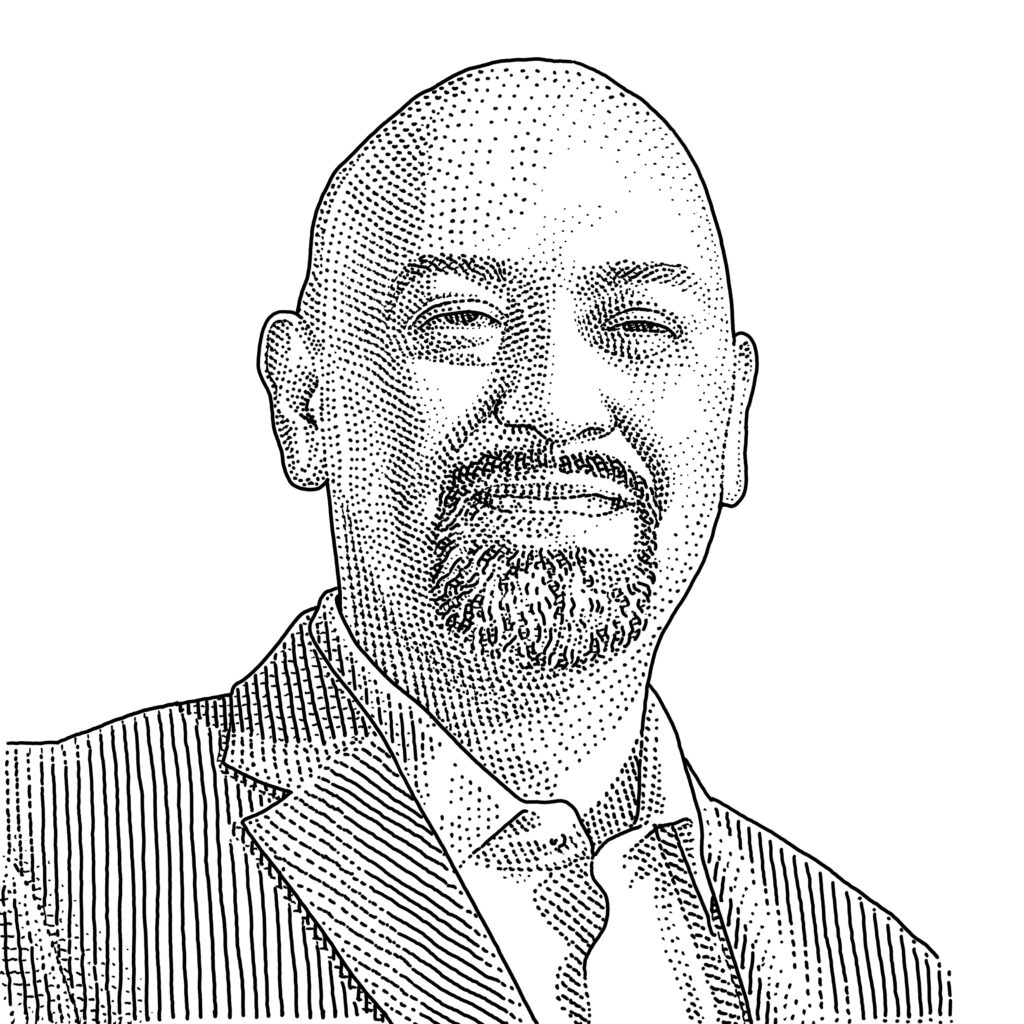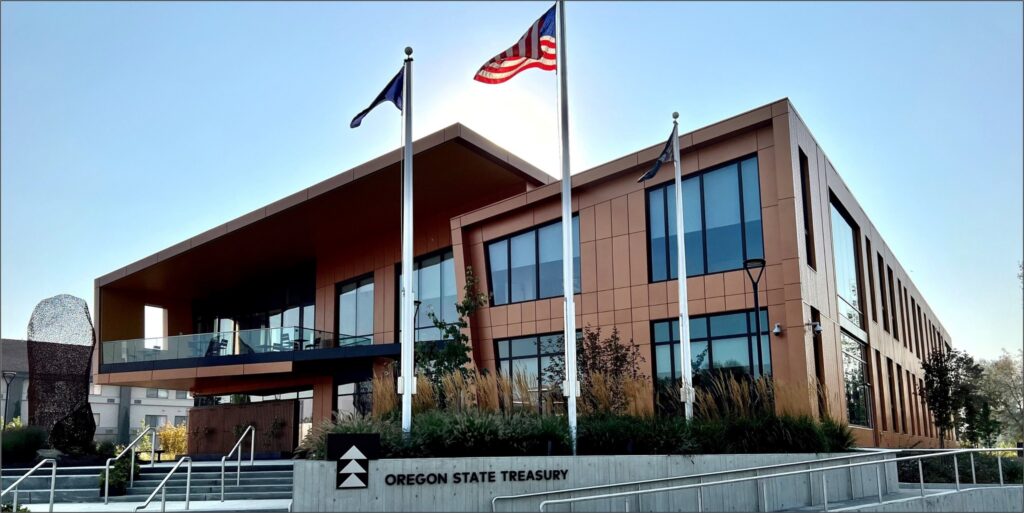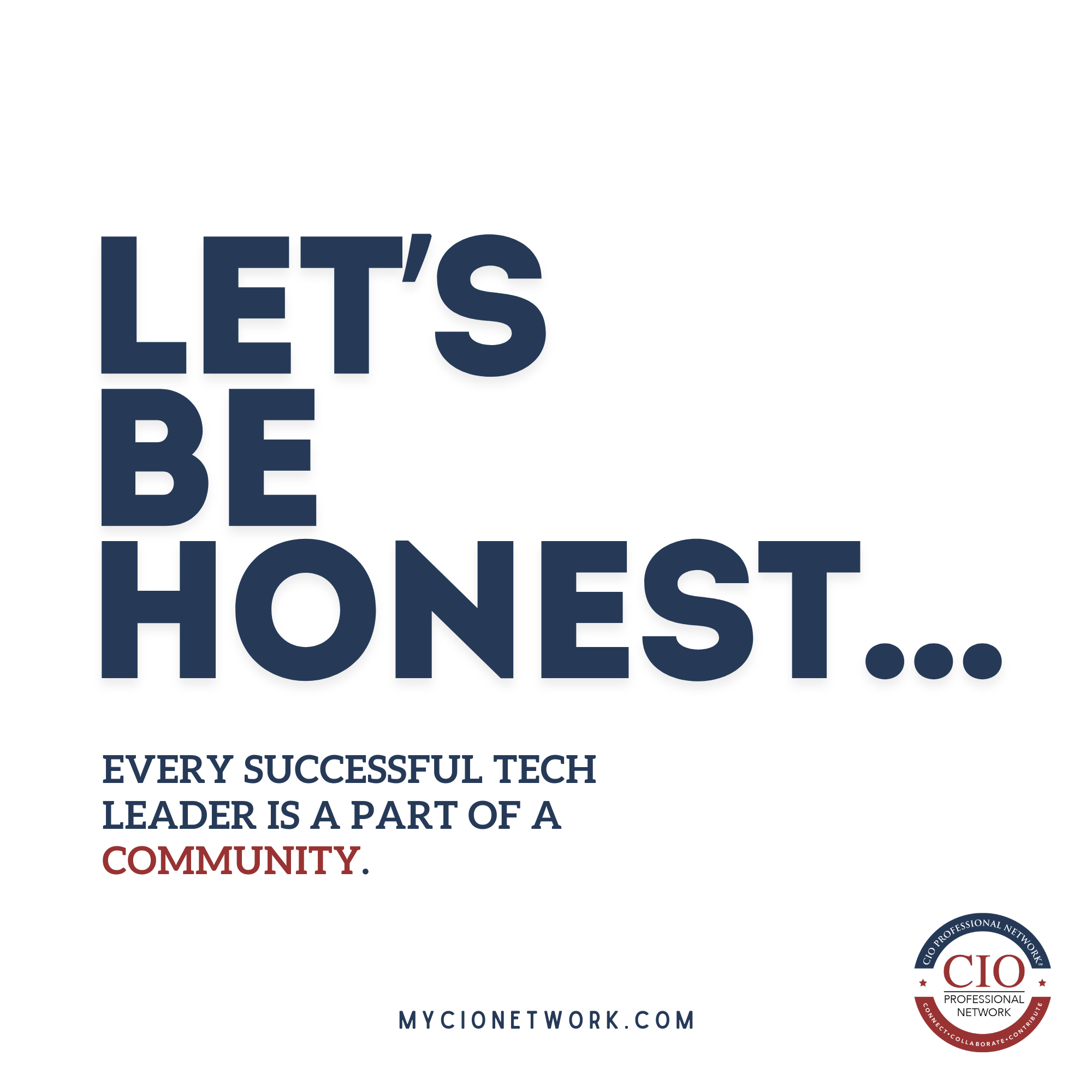At a young age, Jerry Walker developed an interest in technology when his mother brought home a refurbished Texas Instruments computer. Little did she know, this would ignite a passion leading to a 20+ year career in information technology. Not one to forget his roots, Jerry is passionate about breaking down barriers and uplifting young men and women of color in tech.
In this interview, Jerry shares his professional journey, passion for innovation, and ongoing commitment to mentorship.
Walk us through your CIO path. How did you decide to pursue a career in technology, and how did you get to where you are now?
I was born in North Chicago and grew up in South Bend, Indiana. Growing up, my mom was single, and we struggled with money. She worked for a company called Microsphere, a distribution warehouse for TI computers. They refurbished computers, and one day my mom asked if she could purchase one. Initially, the cost was too high, so they put her on a program where they would take payments from her paycheck.
The computer was hooked to a black-and-white TV, and I had never seen anything like it. I remember thinking, “wow, what can this thing do?” I was fascinated and decided to learn how to program on it. The programming language back then was Fortran or maybe Pascal. I learned to program a stick figure walking across the screen, and I thought it was pretty cool.

It took my mom over 15 years to pay off that computer. However, she saw it as an investment in my future and hoped it would be my ticket out of our socioeconomic status. As the first in my family to graduate high school, let alone go to college and graduate, I had to learn everything, from college applications to FAFSA. Ending up at Ball State, I focused on telecommunications and audio/video production; I also minored in computer science. After graduation, I continued my studies and achieved a master’s in Information and Computer Sciences.
Early on, while trying to figure out how to build a career, the discrimination I faced surprised me. I am a person of color in a predominately white field who is from a primarily black and Hispanic neighborhood. I didn’t realize how many walls I would run into or ceilings I couldn’t break. I wanted to learn everything and ended up working on projects that others passed on, and this benefitted me in the long run.
In one of my first roles, I volunteered to build a test lab when no one else did. My boss recognized my hard work and asked me to catch the next flight to San Francisco. When I arrived, he said, “Jerry, I brought you out here because I saw your determination, and you don’t mind doing the small things to make a big day’s work.” He introduced me to a senior vice president of an upper-division; I was asked to join her team. There I was able to join high-level projects, and we had many conversations about diversity and inclusion. Those conversations and my experiences as a person of color in IT started me on the path to CIO. I wanted to be in a position to change the system and elevate others with me.
From there, I moved on to a few director roles, where each position had the unique potential for organizational and cultural change and inclusion. Building IT departments in these different organizations that were completely diverse. Every job was about bringing digital transformation, culture transformation, and maturation to the business and looking at it all from a lens of diversity and inclusion. People would come into the office and tear up. They had never seen IT departments like this. I get asked, “how did you do it?” It’s the wrong question. The right question is, “how can you not do it?”
“how can you not do it?”
Jerry Walker
In 2015, the treasurer of the City of St. Louis asked me to come on board and build an IT department with her; they were still doing everything by triplicates and Excel spreadsheets. I wanted to say no, but my wife, a lawyer who’s tough to argue with, said, “yeah, you’re going to do this.” We did some awesome stuff there. We built a whole IT Department by installing fiber lines throughout the city, implementing a data center and a helpdesk, and establishing an entire InfoSec department. We built everything you can think of that an IT department needs from the ground up. Our focus was on creating change and innovation for the city.
In the middle of the pandemic, I was recruited by CIO Partners to join the Oregon State Treasury as CIO. They sought someone to help mature the IT department and create diversity within the function. As we continue this transformation, we are focusing on hiring the best and most qualified people; still making sure to look through a diversity and inclusion lens. In fact, under my watch, we hired a black man as CISO; hired the first black woman on the IT team, and now have six women in the department.
Without a doubt, one of my top priorities is our diversity effort. My whole path has been influenced by the fact that I never ran into people like me; while those I did cross paths with experienced the same struggles as I did. As a result, I have always wanted to be able to pull others up with me. It’s tremendous what we’re doing here. When other agencies ask how we have accomplished so much in a short amount of time, I tell them it is all about hiring people with broad professional networks.
You’ve been at Oregon State Treasury for almost a year now. What are some initiatives that you’ve accomplished and others you’re excited to get going?
When I first arrived, the Oregon State Treasury was in the middle of constructing a resiliency building. One of the first things I learned in moving out west is that one day, there will be a massive earthquake, and parts of Oregon just might fall away. It’s called the Cascadia event and there’s already evidence of it happening. Our new resiliency building is state-of-the-art. It can move 18 inches in any direction and power itself with generators and solar panels. It’s a phenomenal building and has me considering resiliency in everything we do, within the technology function.
As an example, the Treasury is a big target for ransomware and resiliency is definitely in play. In developing a plan, the questions we have to answer are, how do we get back up and running if we get hit with ransomware? What is our best course of action? Should we keep infrastructure on-premise or move to the cloud? In our resiliency planning, the goal is to build a process that when something does happen, the organization is minimally impacted.
We are also working on changing the overall team culture. My goal is to be able to say to our stakeholders that we are truly your partner. How can we innovate together and create applications or solutions to simplify your job? We want to be more than an IT function with cool technology; we want to be an innovative shop that partners well with each business unit. As a result, we are starting to see collaborative change in the relationships with our business unit managers and directors.
Part of the reason I was asked to come out here was my experience with innovation in a government office. Changing a mindset in this sector can be problematic; it’s not just a process change but an overall culture change. It’s not a very easy thing to do, but it’s refreshing, and the people here are very open to it.
What do you think about the current state of IT talent that’s available, and what strategies have you employed to recruit and develop talent as a government CIO?
Recruiting is not an issue; thousands are getting laid off from technology companies. People know that government work is stable. It can be satisfying and the technology is the same whether you’re in the public or private sector.
The major difference for us over the past few years is that we no longer require that a candidate has a four-year degree but also give strong consideration to certifications. These programs often target veterans and those in underserved communities allowing them the opportunity to obtain experience in technology, programming, and project management. It’s opened up a brand-new applicant pool for us.
Also, the fact that we are a remote and hybrid workplace is a big deal, especially in the government sector. It really opens up our footprint, allowing us to hire people from out of state. For us, getting new talent has not been a problem because we have embraced this new way of working.
What advice would you give to someone aspiring to be a CIO?
Find a sponsor. A sponsor is different from a mentor. A mentor is your coach, but your sponsor is someone you talk with who helps you advance your career. Create a board of directors around you. This is a set of people whom you can talk to, who are in positions you want to be, or just people you know with whom you can test ideas and receive honest feedback.
Stay relevant as a CIO. Get involved in different organizations, even if it’s a nonprofit board. I’m part of ITSMF (IT Senior Managers Forum), the CIO Professional Network, BDPA, and SIM, and I stay involved. Being exposed to the experience and knowledge of your peers is unbeatable.
Uncover what you are passionate about. What is it that you want to do? Once you have an answer to that question, focus on that. I love technology, and I wanted to be able to drive impactful change, so this became my passion.
Do you have any coaches, mentors, or a board of directors who had an impact on your career as a CIO?
There is a group of us who were all in BDPA in similar spots making our way up around the same time; these people became my board of directors, the people I would bounce ideas off: Vincent Shorter, the CIO of ConAgra Foods, Darrell Mahone, a former director at the Federal Reserve Bank, Kenneth Freemen, former CIO at Western University now a Gartner Analyst, and Dwana Franklin Davis, CEO of Reboot Representation.
In turn, I have a group I’ve been mentoring for many years, and many of them are now directors and c-level leaders. One of the things I tell them is, “once you get into a position, you don’t owe me anything. All I ask is that you ensure you do the same thing for others and strive to build diversity and inclusion across the spectrum.”
I’ve learned a lot from my wife. She’s excellent at creating networks. She was on the Board of Trustees at Ball State University. She got her master’s at Columbia University after getting a recommendation from the president at Ball State. In her mind, this is just what you do. You get your resume professionally written; you check in with your golden Rolodex of people. She taught me how to network.
How do you decompress from the challenges of being a CIO? What do you do for fun?
I came up as a gamer kid with an Atari 4600, Commodore 64, and Sega Genesis. They were all hand-me-downs, but I learned to fix them. So now, when I want to get away from something and decompress, I’ll turn on a game and put the headphones in, and my whole family knows not to mess with dad. There’s even a group around my age, and we’ll hit each other up, “Hey, you got an hour? Want to jump on? Play a quick game?” We’re all over the world, but we have a great time just laughing at each other while we’re playing.
Also back in St. Louis, one of my good friends is an executive chef and owns several great restaurants in the city. When we lived there, we would get together about once a month and try the new things he was considering putting on the menu; it was all so good. As a result, my wife became a big fan of Oregon wines. Now, we live on the edge of Oregon wine country and enjoy the region. The views are relaxing and we enjoy sitting back and taking it all in.
Are there any books that you recommend, books that you give to others, or that have shaped you as a CIO?
There are a few books that I often have my teams read. Apple is a book about the missteps Apple made that allowed Microsoft to get ahead. Another one is High Tech/High Touch. The author talks about how everything would become so high-tech, and everyone will fall in love with it, but at some point, it will break, and people will want more touch. Five Dysfunctions of a Team is another good one.
The one book I do give out frequently is The BDPA Story. BDPA started in the mid-70s in Philadelphia for black men in technology. Their mission is to grow diversity in technology. So, the book is a great plug for the organization and also a great read.
Another recommended book is Ursula Burns’, Where You Are is Not Who You Are. That is a fantastic read. Black in White Space by Elijah Anderson and Inclusion: Diversity, The New Workplace & The Will To Change by Jennifer Brown are both really good. I would also recommend The Inclusion Revolution by Daisy Dominguez, and Culture Code by Daniel Coyle. As we think about the future of technology, Chip War is a final recommendation.
Do you have any final words you’d like to share?
There is a lot to the CIO role, and it’s changed over time. If you can be the type of person to bridge both business and technology, if you can be good at both of those things, then you will be an excellent CIO. You can’t really build a department from the ground up without addressing both aspects and balancing this has worked wonders for my career.
More than anything, know what it is that you’re passionate about. Why do you want to be a CIO? What is it that you want to do in the role? If you don’t know, you’ll burn out quickly. For me, it has always been about building up others. That has been and always be my passion.








